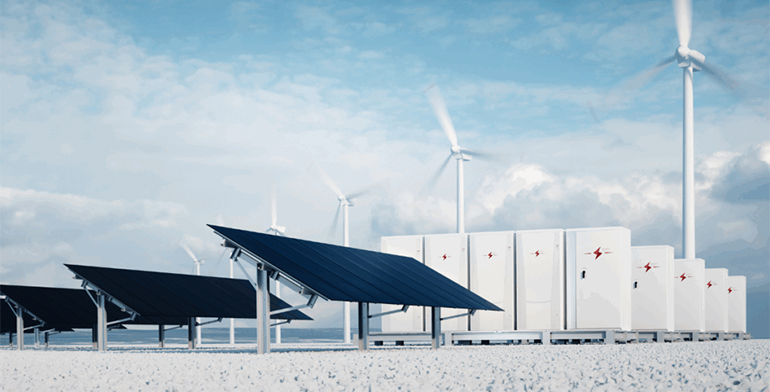Renewable energy growth continues to strengthen worldwide, with global clean electricity generation capacity on track to more than double by 2030, according to the new Renewables 2025 report by the International Energy Agency (IEA).
The global expansion, led by solar photovoltaics (PV), is unfolding amid supply chain pressures, grid integration challenges, financial constraints and regulatory changes.
The report forecasts that global renewable capacity will rise by 4,600 gigawatts (GW) by 2030, equivalent to adding the combined total power generation capacity of China, the European Union and Japan. Solar will account for around 80% of this increase, followed by wind, hydropower, bioenergy and geothermal.
Europe: a hub of resilience and expansion
In the European Union, growth is accelerating thanks to the momentum of Germany, Spain, Italy and Poland, which the IEA identifies as the main drivers of Europe’s renewable expansion in 2025. These economies are recording higher-than-expected increases in large-scale solar installations, supported by corporate power purchase agreements (PPAs) and favourable regulatory frameworks.
The report notes that, despite challenges in offshore wind, the region’s outlook has been revised upwards thanks to stronger policy support, faster permitting procedures and growing private sector participation. Distributed solar is also gaining traction due to falling costs and the economic appeal of self-consumption.
However, the IEA warns that while the European Union is advancing steadily towards its goals, it is expected to fall around 9% short of the REPowerEU 2030 target in the base scenario, due to delays in permitting, grid bottlenecks and misalignments between national plans and the overall EU objective.
Overall, European policies are helping to offset the slowdown observed in China and the United States, both of which have revised down their projections due to regulatory changes.
Global outlook: solar boom, offshore wind challenges
Globally, the IEA projects that solar PV will remain the dominant technology driving renewable growth through 2030, maintaining its position as the lowest-cost option for new generation in most countries. Wind energy, despite current difficulties, will continue to expand—especially in China, Europe and India—as supply chain bottlenecks ease.
Hydropower and other dispatchable renewable technologies will continue to play a vital role in stabilising power systems, with renewed interest in pumped-storage hydropower, which is expected to grow 80% faster than in the previous five years.
Emerging economies
In Asia, the Middle East and Africa, cost competitiveness and new auction programmes are driving faster growth. India is set to become the second-largest renewable growth market globally, after China, and is expected to comfortably meet its 2030 target.
At the corporate level, confidence in renewables remains strong: most major developers have maintained or increased their 2030 deployment targets compared with last year. Offshore wind, however, shows a weaker growth outlook—around 25% lower than in the previous report—due to policy changes, logistical bottlenecks and rising costs.
Structural pressures and industrial concentration
The IEA warns that global supply chains for solar modules and rare earth elements used in wind turbines remain heavily concentrated in China, accounting for over 90% of key production and refining segments—posing energy security and industrial dependency risks.
At the same time, the rapid rise of variable renewables is placing increasing pressure on electricity systems. The growing frequency of curtailment and negative price events in multiple markets highlights the urgency of investing in grids, storage and flexible generation.
Several countries—including many in Europe—are already responding with new capacity and storage auctions, though the IEA stresses that much greater effort will be required to ensure safe and efficient integration.
Finally, the role of renewables in transport and heating is expected to rise modestly over the next decade. In transport, their share will increase from 4% today to 6% by 2030, driven mainly by electrification of vehicle fleets in China and Europe and by biofuels in Brazil, Indonesia, India and other key markets.
In the heating sector, the share of renewables will grow from 14% to 18%, driven by higher use of renewable electricity and bioenergy in industry and buildings.
Renewables2025





























